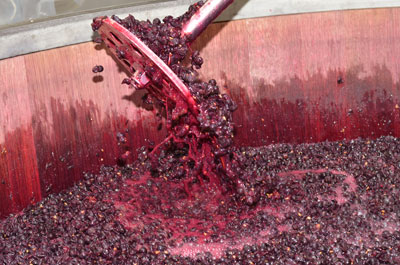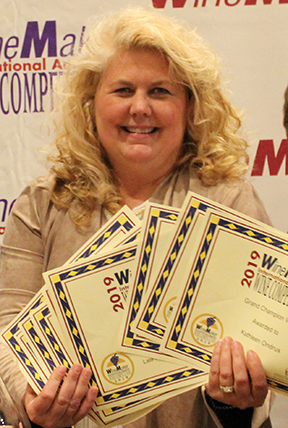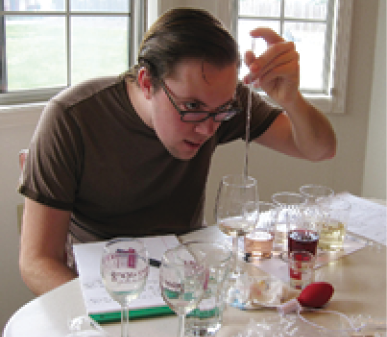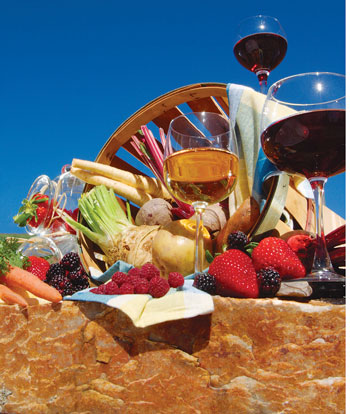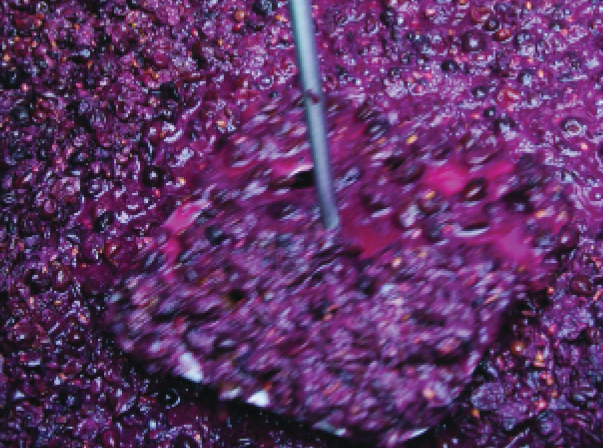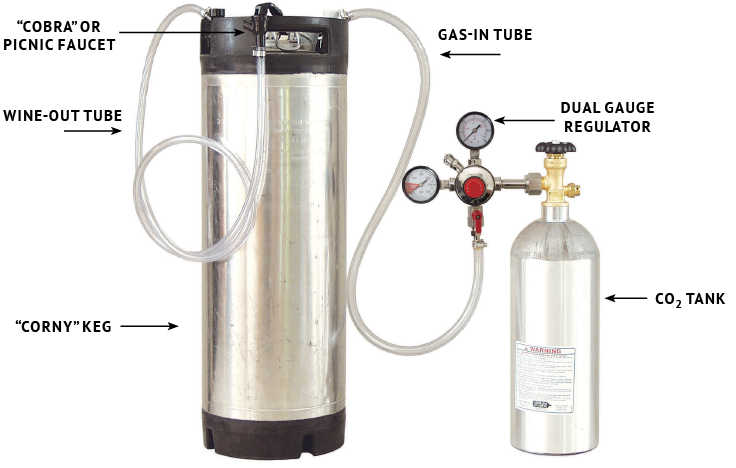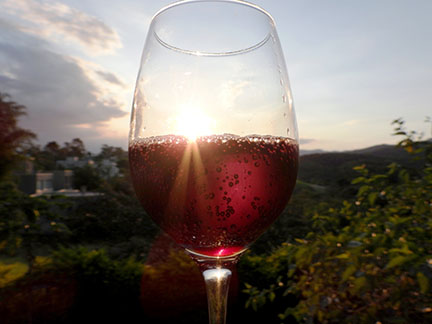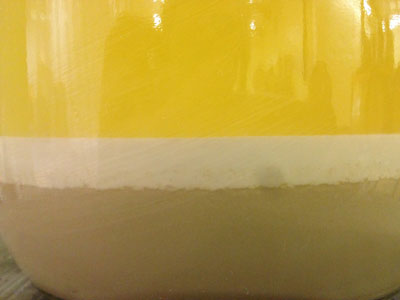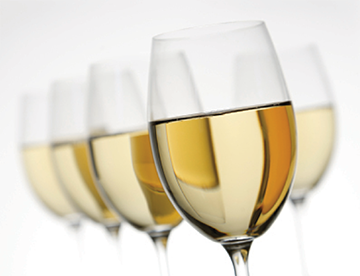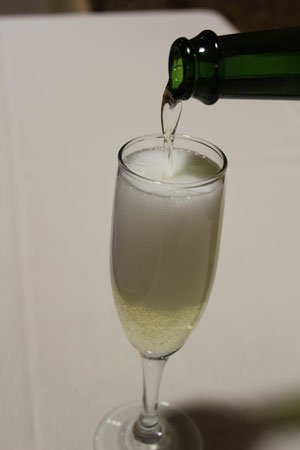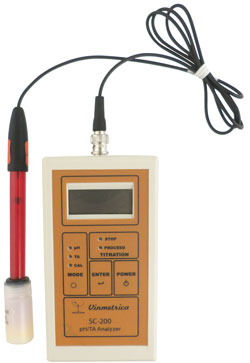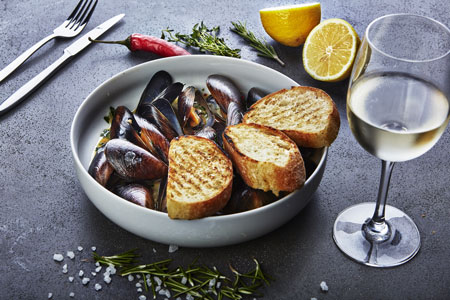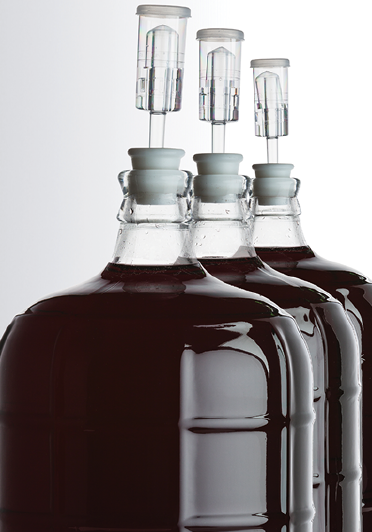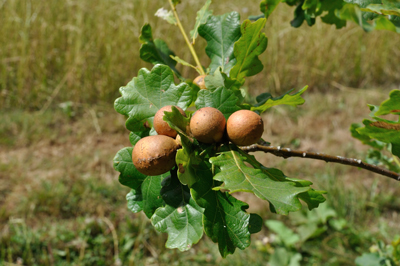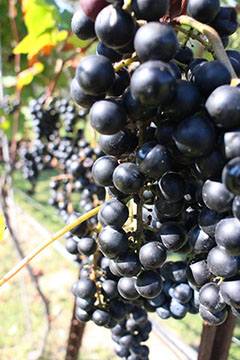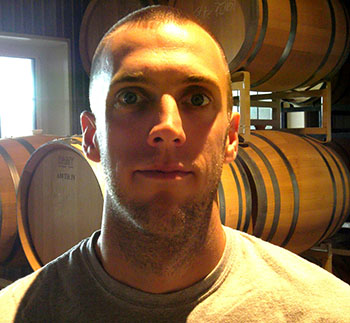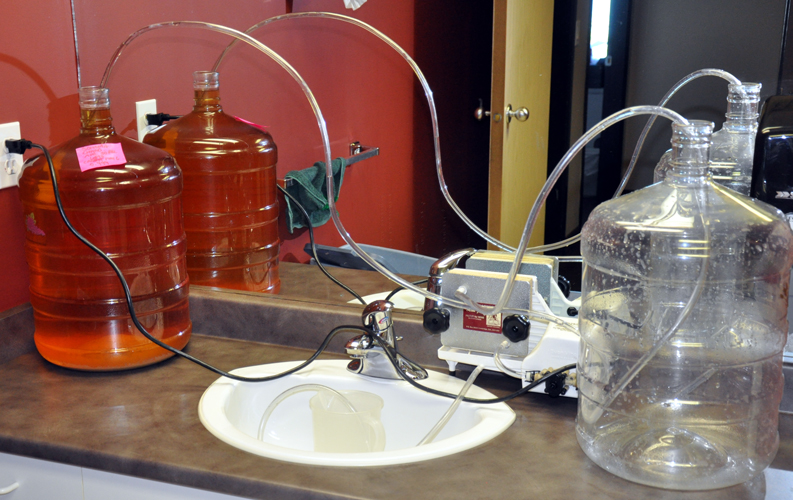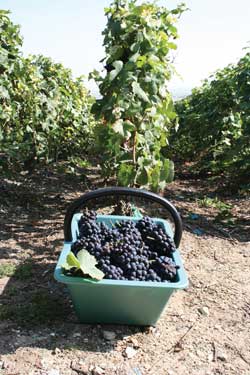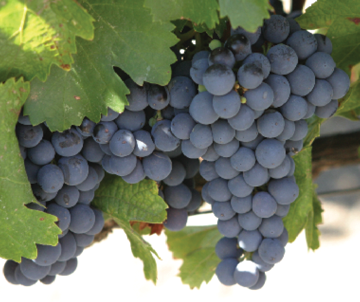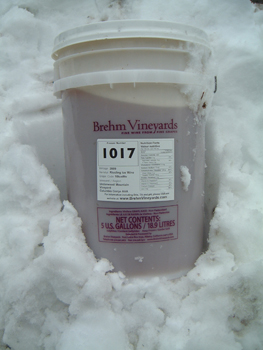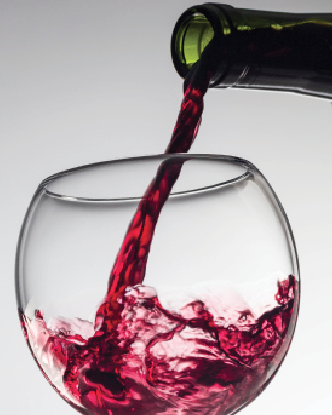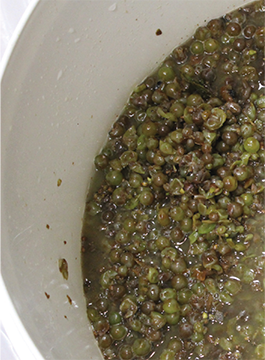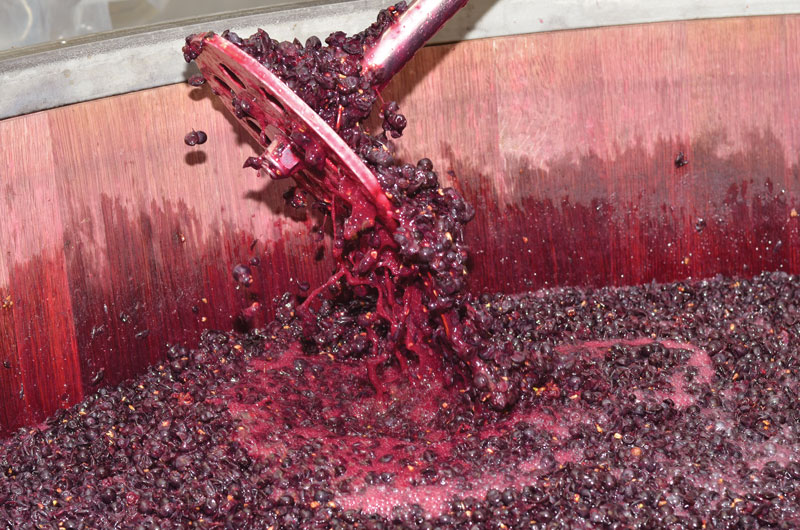Techniques
Extraction Decisions: Keying into the details of maceration
With harvest just around the corner, it’s time to study up on your extraction plan for this year’s grapes. Alex Russan looks at some of the key decisions that winemakers need to make after the grapes are crushed and methods to get them to their goal.
Visualize Sensory Evaluation: Utilizing spider charts to compare wines
Winemakers new and experienced will often compare different wines and make mental notes about the experience. For those that want to improve upon their wines, spider charts offer an easy-to-visualize evaluation of several sensory variables.
Best of Show Tips
While none of the three panelists for this “Tips from the Pros” column are actually pros, their knowledge is second to none. We’ve accumulated three “Best of Show” winners from the 2019
Blending Fruit Wines
Country wines made with multiple fruit varieties can be blended prior to fermentation or after. Learn how two professional winemakers decide when to blend, as well as the other considerations they account for when making these lovely summer sippers.
Off The Beaten Path: Spice, herb, and vegetable winemaking
These wines are not common in the commercial marketplace where dry grape wines dominate. There are some fruit wines, of course, and a few novelty wines made with coffee or chocolate. You
Let’s Get Macerating
The concept of maceration is a rather simple one: Take crushed grapes (or fruit) and allow the grapes — skins, seeds, and stems — a period to soak with the grape juice.
A Quicker Route to Bubbles
Making non-traditional sparkling wine at home through force carbonation is simple and can yield amazing results. With just a few pieces of equipment, one can make delicious bubbly in a matter of
Italian Techniques for Bubbles
There are many ways to make sparkling or spritzy wines. An Italian winemaker offers tips for two methods used in regions of Italy — Governo and metodo
ancestrale — and how home winemakers everywhere can use them at home.
Lees and You: Dead yeast can be your friend
Aging on fine lees has traditionally been reserved for Muscadets, white Burgundy wines, and classic champenoise-style wines, but that doesn’t mean you can’t utilize this with other wines. Learn the hows and whys of aging your wine on lees.
Finishing For Whites and Rosés
The time period leading up to bottling day is the time winemakers need to take advantage of last minute adjustments and additions. Bob Peak takes readers on a spin through some techniques that winemakers can use before bottling white and rosé wines.
Sparkling Wines: Tips From the Pros
This Valentine’s Day, wouldn’t it be great to break open a bottle of your own homemade bubbly? Learn from two winemakers producing highly acclaimed sparkling wines about the nuances of making them at home.
Monitoring Your Wine: What to test for and when
There are some winemakers who practice the age-old philosophy that the wine will take care of itself . . . but for those who want to produce the best wines possible, monitoring is key. Bob Peak takes readers through the what, why, and when for testing your wines.
Thinking Outside the Bottle: Presenting Your Homemade Wine
With the holiday season approaching, presenting your homemade wine to friends and family should be a point of pride. Bob Peak offers readers several pointers to take a fun and festive approach to an evening pairing of your wine with guests.
Aging Wine Kits: Tips From the Pros
Kit wines are often consumed fairly young, but great things can happen if you allow the bottles to age longer. Two supply shop owners give guidance and teach the basics of patience and best practices for aging kit wines.
Using Tannins: Purposes, sources, and use in winemaking
Tannins can provide a wine with a lot more than just astringency. They can also be useful in white and rosé wines as well if used properly. Bob Peak gives a tour of the benefits of various tannin products available to hobby winemakers.
Red Hybrid Winemaking
There are some intricacies when making red table wines from hybrid grapes that vinifera winemakers don’t experience — from growing practices, pre-fermentation techniques, and right on through to post-fermentation adjustments.
Bench Trials: Tips from the Pros
Get tips on performing bench trials at home from three pros who utilize bench trials at their day jobs.
Wine Filtration 101
You want to start a heated and emotionally charged discussion on a controversial topic? Ask a group of amateur winemakers for their thoughts on the impact of filtration on wine. Chances are
10 Tips for a Successful Harvest Day
For the home vineyardist, harvest day is the most important — or at least the busiest — day of the year. Planning and preparation is critical in order for everything to run smoothly. Let our harvest day tips guide you to great grape picking . . . and wonderful wine.
Determining Ripeness
Determining when grapes are ready to harvest is one of the most important decisions of the entire vintage. Here’s what to look for.
Making Wine From Juice
You may be curious about a way of making wine intermediate between using fresh fruit and making kit wines. Increasingly popular, the hobby of making wine from grape juice comes in two
Minerality in Wine
Terms such as “mineral taste” and “minerality” have entered the modern wine lexicon and into common usage probably by traditionalists in an attempt to link the equally ill-defined concept of terroir to
Cheesemaking: Tips from the Pros
You make your own wine, but have you tried making cheese to go with it?
Fin(d)ing Clarity in the Five S’s
When it comes to clarifying your wine kit, there are five “S’s” that will guide your way: Start, stir, smash, sweep, and suppress.
Adjust Your Must
There are many points throughout the winemaking process where a winemaker must make adjustments
in order to influence the final outcome. When the grapes come into the winery, the very first choices you will make as a winemaker will be done in the unfermented must.
